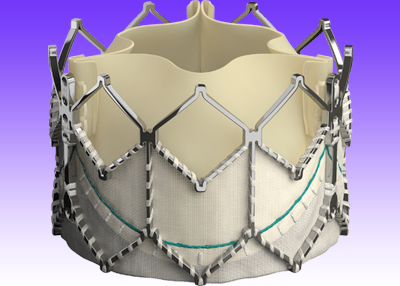The Valve in Valve (ViV) technique seems to be a better option than repeat surgery for failed aortic bioprosthesis. While this strategy lacks long-term evidence to address issues such as durability, it is considered as an option especially for young patients.

ViV to treat failed surgical bioprosthesis has shown lower in-hospital mortality compared with repeat surgery. This benefit was partially compensated in terms of readmissions at 30 days and 1 year.
It should also be noted that there was no difference between in-hospital strokes, conduction disorders, or need of a new pacemaker.
This paper, a retrospective analysis recently published in EuroIntervention, included patients between 2016 and 2018 (a contemporary population).
In recent years, with the increased use of the ViV technique, surgeons have started to take on cases they used to reject, which leads to more repeat surgeries being performed.
More evidence is needed for this population with failed bioprosthesis. A retrospective study such as this one provides plenty of information, though only few certainties. Mortality (the highlight of this study) was 1.2% for ViV and 3.4% for repeat surgery.
Read also: Size Does Matter for Long Term ViV.
The STS registry showed short-term mortality rates of 3% and 5%, respectively. All published evidence, serial or registry, follows suit.
ViVOriginal Title: Valve-in-valve transcatheter aortic valve implantation versus repeat surgical aortic valve replacement in patients with a failed aortic bioprosthesis.
Reference: EuroIntervention. 2021 Sep 15;EIJ-D-21-00472. Online ahead of print. doi: 10.4244/EIJ-D-21-00472.
Subscribe to our weekly newsletter
Get the latest scientific articles on interventional cardiology





